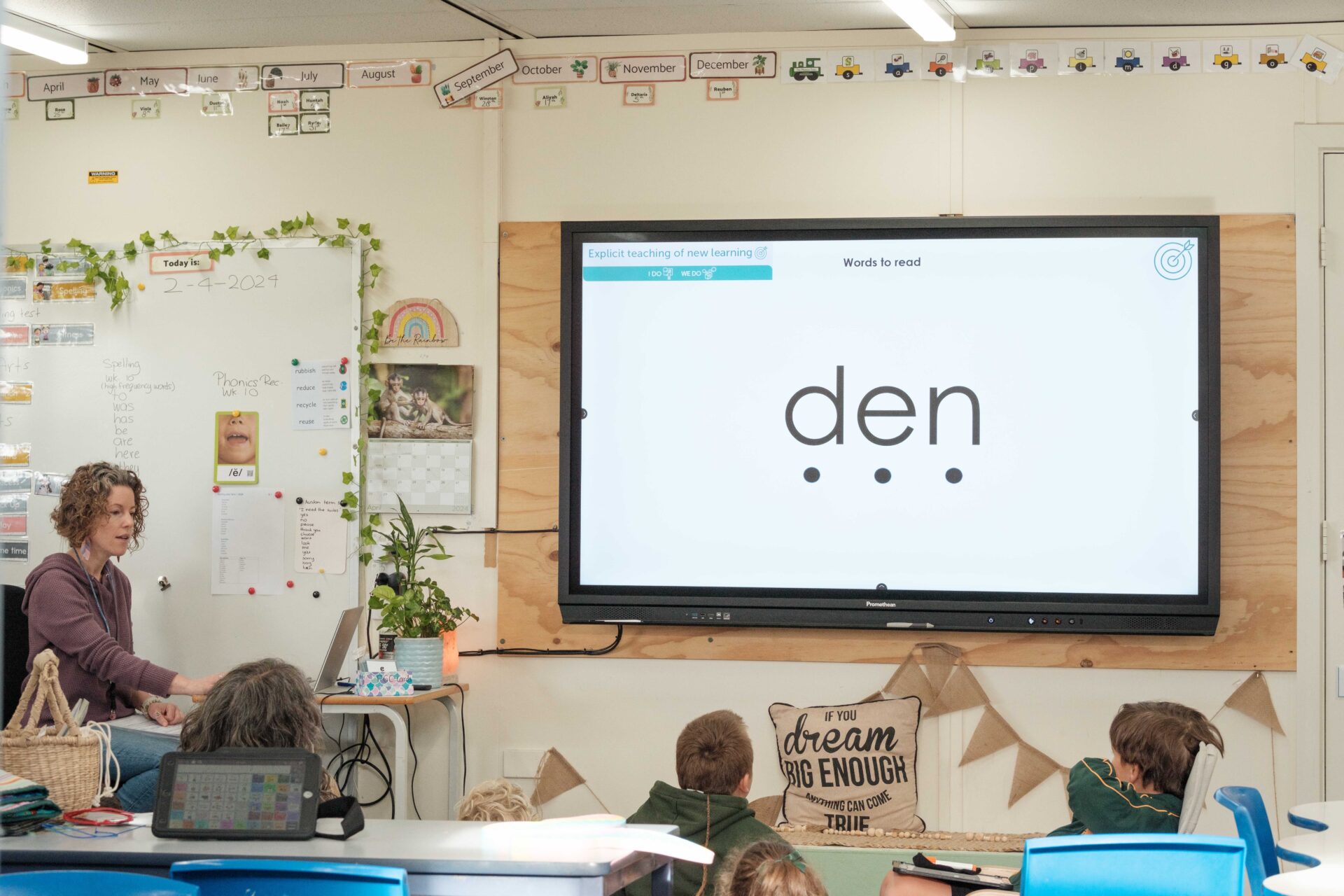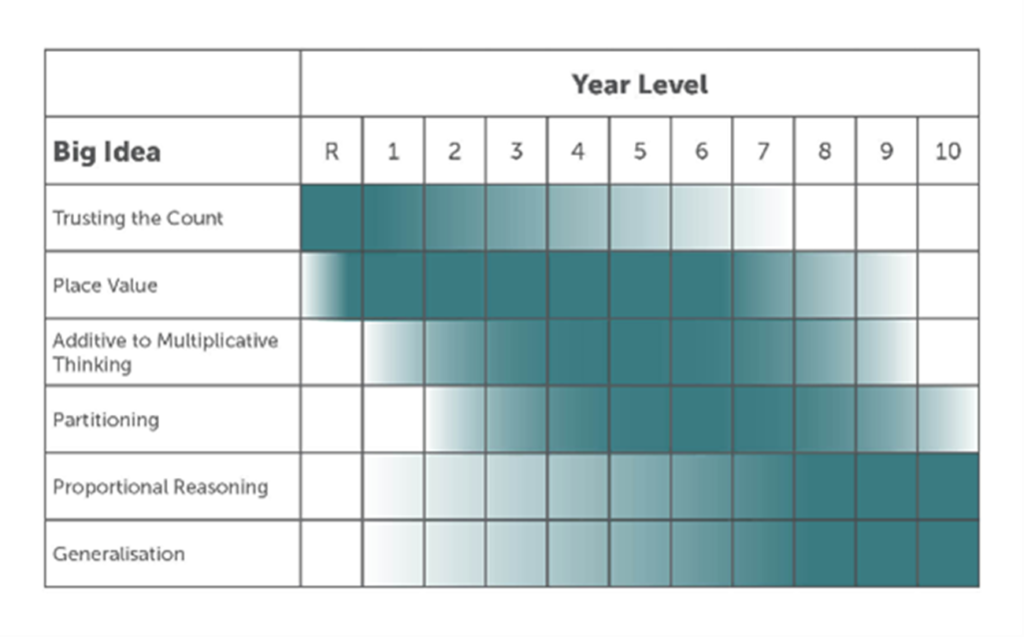Learning
Striving for academic excellence
Curriculum
At Myponga Primary School, the majority of the Australian Curriculum is delivered to students by their classroom teacher. We are also able to offer specialized subjects including technologies, the arts, health (including the child protection curriculum) and physical education.
More detailed information about all curriculum areas can be accessed via the link below.
As a school, our staff have collaborated to form literacy and numeracy teaching and learning agreements. These are reviewed and modified each year.

Intervention
In every class there is a broad scope of abilities, and classroom teachers gather data and evidence from each individual child to cater for their personal needs. The majority of interventions occur in class on a daily basis, and are determined by the class teacher as new content and skills are introduced and covered.
At Myponga Primary School, we use several individual and small group interventions:
- Big Ideas in Number
- Macqlit
- Quicksmart (maths intervention)
- ‘Newlit’ – Department for Education intervention program
- Small group support
- What’s the Buzz
- Social/emotional enrichment program
Literacy
Literacy at Myponga Primary School is a high priority with each aspect being an intentional teaching and learning sequence.
Reading begins with phonological awareness, following a systematic and synthetic approach to teaching phonics. We use the Education Department scope and sequence, which has been designed to logically introduce the alphabetic code and aligns with a range of decodable readers that students use to practise and deepen their phonemic awareness, phonics, comprehension, vocabulary and fluency. All phonics lessons include explicit demonstration, guided practice, independent practice, review of the day’s learning and opportunities for multi-sensory practice.
Years 3 to 6 students focus on a range of knowledge about the English language that further supports students’ ability to decode and encode. This knowledge includes phonemic knowledge, orthographic knowledge, morphemic knowledge and etymological knowledge. Understanding that spelling is a complex skill that needs to be taught explicitly allows our students to develop flexible and efficient strategies that they can draw upon when learning to read and spell unfamiliar words and contributes to clear communication of a written message.
Writing is developed through different text structures. Each year, Brightpath is used to assess and moderate student writing samples to determine growth of students’ ability to produce functional, purposeful texts with accurate spelling, grammar and punctuation.
Read an overview of the Australian Curriculum for English, including year level expectations for proficiency in the subject.
Mathematics
Each child at Myponga Primary School is immersed in the conceptual framework called The Big Ideas in Number which supports development of understanding in number from early to advanced concepts.
Number sense relates to all Australian Curriculum: Mathematics strands through counting, magnitude and order. It allows students to deeply understand numbers by: having a sense of what numbers mean, understanding their relationship to one another, performing mental mathematics, and understanding symbolic representations using numbers in real situations.
Number underpins the numeracy general capability. It’s used across learning areas and in our everyday personal and professional activities. Number sense includes knowing the principles of counting and that: subitising tells us how many, an arrangement of a collection won’t change, and that the quantity of different arrangements is useful in solving problems. Number sense includes thinking and questioning the ways numbers are used in different contexts. It allows students to create mental objects that can be manipulated flexibly with understanding and confidence.
The Big ideas in Number tools and advice outlines the 6 Big Ideas that develop a strong number sense. Di Siemon, Chief Academic responsible for The Big Ideas in Number framework, suggests that the concepts of ‘trusting the count’, ‘place value’, ‘multiplicative thinking’, ‘partitioning’, ‘proportional reasoning’, and ‘generalising’ are the checkpoints in number sense each student is required to pass through before progressing further in mathematics.
The Department for Education SA has released ‘Best Advice’ papers in mathematics aimed to assist educators in accurately teaching conceptual stages to students. The Big Ideas in Number supports conceptual thinking in the following way:
- Building Belief: All Year Levels
- Building Powerful Mathematicians: All Year Levels
- Understanding Number and Algebra: All Year Levels

Read an overview of the Australian Curriculum for mathematics, including year level expectations for proficiency in the subject.
